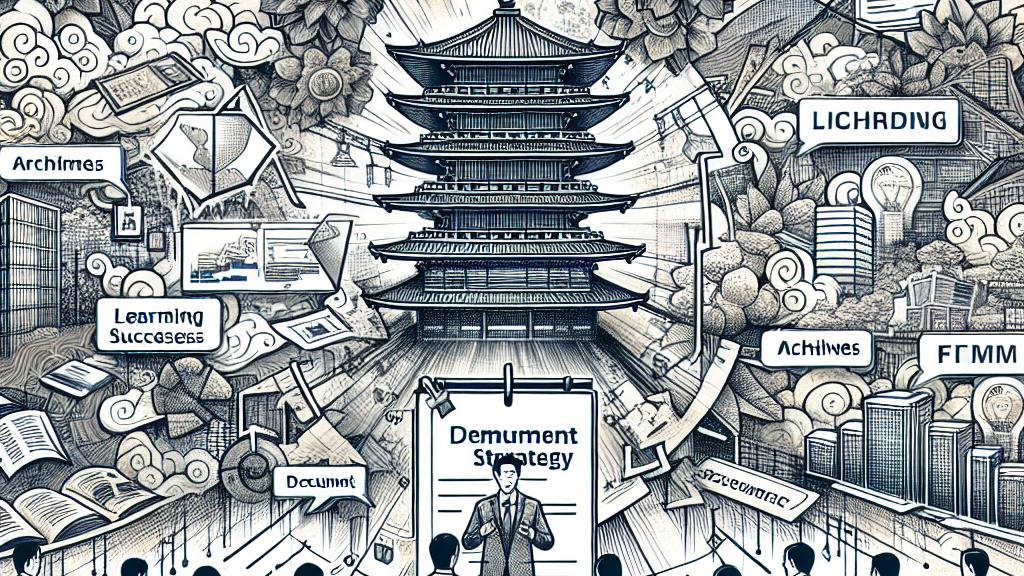The Importance of Document Strategy for New Businesses
Overview
- Effective documentation prevents redundancy while streamlining operations.
- A clear document strategy enhances collaboration and boosts knowledge sharing among teams.
- Consistent maintenance of documents ensures sustainability and smooth business operations.

Why Document Strategy Matters
In Japan's bustling startup scene, where innovation is the name of the game, having a solid document strategy can make all the difference. Picture a new tech company unveiling a groundbreaking app, only to later discover that a similar idea fizzled out in a previous venture. This not only wastes valuable resources but also squanders potentially rich insights. By establishing an effective document strategy, teams can prevent the painful cycle of redundancy known as 'reinventing the wheel.' Think about it: when team members are aware of past successes and failures, they can leverage that wisdom, paving the way for faster and smarter decisions. As the old saying goes, 'Those who cannot remember the past are condemned to repeat it.' Thus, a thoughtful document strategy becomes not just an asset but a necessity for navigating today's competitive landscape.
Avoiding Zombie Documents
One of the most significant hurdles organizations face is the proliferation of 'zombie documents'—those dormant files that linger with no clear purpose, leaving team members scratching their heads. Imagine stumbling across outdated policies that no one remembers creating, leading to confusion and inefficiency. To combat this, it's crucial to develop a rigorous document management policy that emphasizes regular maintenance and relevance. For example, conducting quarterly audits of existing documentation can breathe new life into stale files and promote continual improvement. Designating document owners ensures accountability, creating a culture where everyone feels empowered to contribute actively to the documentation process. By establishing these practices, organizations not only eliminate clutter but also transform potentially useless documents into invaluable resources.
Establishing a Consistent Approach
Consistency is the cornerstone of a successful document strategy, especially for new businesses that need to hit the ground running. Picture this scenario: all documents are housed in one centralized platform, like Notion’s collaborative database, ensuring every team member can easily find information and contribute. To highlight its importance, consider using standardized templates that prompt authors to clarify their intentions—such as the purpose and audience for each document. This approach not only enhances clarity but also minimizes misunderstandings among team members. When everyone knows where to find information and how to contribute, the team operates like a well-oiled machine. This clarity builds confidence, supports collaboration, and boosts productivity, making it an essential component of any effective business strategy.
Long-term Benefits of a Documentation Strategy
Investing in a comprehensive documentation strategy may feel daunting at first, but the long-term benefits are substantial and undeniable. Initially, you may question whether this effort is worth it. However, imagine a future where onboarding new employees is a seamless experience, thanks to a rich repository of easily accessible resources. As new hires navigate their roles with clarity, they become self-sufficient far more quickly than in ad-hoc setups. Additionally, as businesses grow, having an organized and easily retrievable documentation system is like having a strong foundation for a skyscraper—it can withstand the pressures of expansion. Companies can swiftly adapt to market changes while fostering a culture of ongoing learning and innovation. Ultimately, a commitment to well-structured documentation cultivates an environment rich in collaboration and knowledge-sharing, essential for any business aiming to thrive in today's fast-paced world.

Loading...